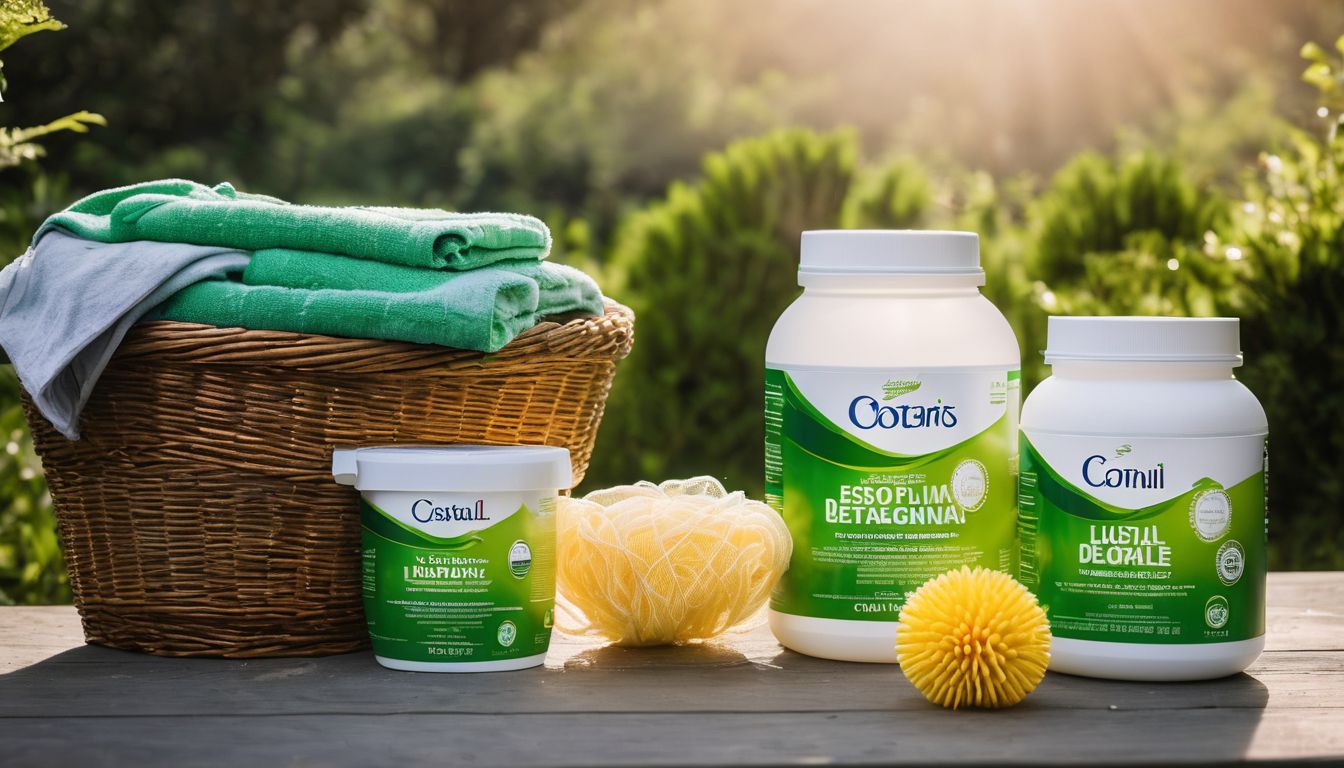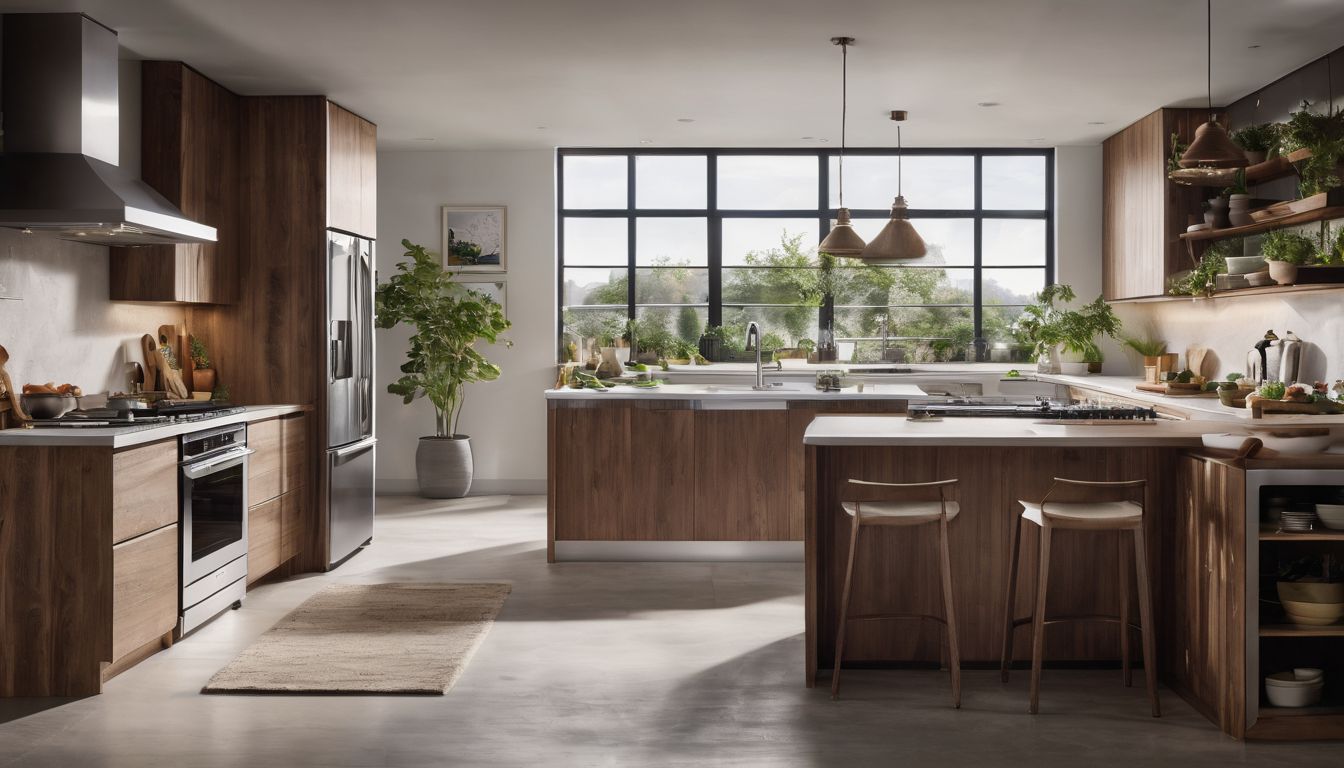Eating outside over an open flame, together—it is a simple pleasure that humans have shared for millennia. As the evenings grow longer and warmer, many of us will roll out our grills. But before we do, let’s consider the environmental impacts of a barbecue. Not all traditional barbecues are green, but there are ways to fire up without warming up Mother Earth .
BENEFITS FOR THE ENVIRONMENT: Barbecues include consuming food, water, disposable plates and decorations, and, most significantly, lots of fossil fuels. More than 82% of United States households own a barbecue grill and almost half of them fire up their grill an average of once or twice a week in the summer months.1 According to Sierra Magazine, “[n]ationwide, the estimated 60 million barbecues held on the Fourth of July alone consume enough energy — in the form of charcoal, lighter fluid, gas, and electricity — to power 20,000 households for a year. That one day of fun, food, and celebration … burns the equivalent of 2,300 acres of forest and releases 225,000 metric tons of carbon dioxide.”2 The good news is that there are some simple steps you can take to minimize those impacts.
BENEFITS FOR YOUR HEALTH: Lighter fluid, charcoal briquettes, and pesticide-laden meat aren’t good for you. Fortunately, there are many healthy alternatives!
Cost: Medium
Time and effort: Low. Even though a barbecue might last a full day, you shouldn’t be counting the hours. It’s a barbecue—have fun!
Tips for Greening Your BBQs:
1. The most important component of any barbecue is the barbecue grill itself. There are four types of barbecue grills to choose from—gas, charcoal, electric, and wood. Charcoal produces twice as much carbon emissions as gas-powered grills. And electric grills create even more emissions than charcoal,3 which shouldn’t be surprising when you consider that nearly three-fourths of the electricity made in the U.S. still comes from the burning of fossil fuels4. Even wood produces more emissions than gas. So, a gas grill is the way to go. Whichever grill you choose, invest in a good one so that you don’t need to replace it as often.
2. If you are really invested in greening your outdoor cooking, then you should seriously consider ditching the traditional barbecue and rely on the sun! Build or buy a build your own cob oven ?!
3. In the United States, about 63% of backyard barbecues are fired up with charcoal briquettes, which infuse food with a satisfying smoky flavor, but also with toxins 5 Charcoal briquettes are dirty. They contain sawdust, corn starch, and lighter fluid, and they produce harmful volatile organic compounds (VOCs). These VOCs contribute to smog and can cause problems for people with respiratory diseases, heart problems, and people who work or exercise outside.6 Briquettes also produce105 times more carbon monoxide than burning propane.7
Fortunately, not all charcoal is created equal. Wood charcoal (also called real, chunk, or lump charcoal) doesn’t have the nasty additives and is carbon neutral . The problem with wood charcoal, though, is that it usually comes from thousands of miles away, which is not so carbon neutral. If you can find locally sourced and sustainable wood or wood charcoal, that’s a good option. Look for the Forest Stewardship Council or Rainforest Alliance certification logos. According to the UK’s Gaurdian,
The only truly sustainable option is to buy charcoal from the rising number of charcoal producers in the UK who are reviving the near-extinct art of coppicing. By cutting stems from trees on a 10-15 year cycle, as well as using thinnings (poor quality stems) and waste wood from fallen mature trees, coppicers are able to harvest fuel from a wood without destroying it. Charcoal is then created using the traditional method of carbonising the wood as it smoulders for a few weeks under mounds of turf or in kilns.8
If you’re cooking with charcoal, don’t use lighter fluid, which is a petroleum distillate that emits VOCs. Instead, use a charcoal chimney, which is a small cylinder that uses lit newspaper to start coals.9
 10
10
To clean your grill, avoid harsh chemicals. Instead of using commercially marketed grill cleaners, scrape your grill while it’s hot and scrub it with baking soda and a wire brush. Trash your charcoal ash, as it contains dangerous trace elements. Use your wood ash to sparingly fertilize plants, but note that wood ash is very alkaline, so it’s best for neutralizing overly acidic soils.11
Now that you’ve greened your grill, let’s look at what’s cooking…
1. Serve meat as a side dish and grill lots of veggies (mmm, I’m thinking portabella burgers with sweet onion). Meat is extremely resource-intensive. It takes 1,916 gallons of water to produce just one pound of beef, even if it’s local and organic!12 To make matters worse, grilling meat causes carcinogens to form, which increases your risk of developing cancer.13
2. Buy local, organic, and seasonal foods at your farmer’s market . Choose meat that is free of hormones and antibiotics.
3. Buy just the right amount of food. Confirm your guest list to avoid buying too much. To utilize excess food, send guests home with tasty leftovers.
4. Don’t buy bottled water . Bring a large or multiple individual sized reusable jugs of filtered tap water instead.
Next, let’s consider how to serve the food…
1. Use cloth napkins and reusable dishes and utensils. If you don’t have enough, rent them, borrow them from a friend, buy them used at a thrift store or yard sale, or ask guests to bring their own.
2. If you do buy disposables, make sure they’re unbleached, made from recycled materials, and compostable (preferred) or at least recyclable. And don’t forget to tell your guests not to throw recyclables and compostables in the trash! Make sure to set up a waste station that has separate sections for your landfill waste, recyclables, and compostable. If you were planning on using aluminum containers, did you know you could buy those made from recycled materials as well?
3. It’s your BBQ, so make sure to take responsibility for the waste and make sure you recycle your recyclables and compost your compostables.
Finally, let’s rethink the details.
1. Invite guests by email or phone. If you do use paper invitations, make sure they’re recycled and recyclable.
2. Stay local. Host a barbecue right in your backyard, or bike to the park around the corner. If you must drive, carpool!
3. Barbecue only in designated areas. Otherwise, you might attract animals, which might endanger both you and the animals.
4. Use natural insect repellent and sunscreen, not the cancer-causing stuff. Choose zinc oxide sunscreen, which provides UVA and UVB protection, and herbal repellents, which blend bug-fighting oils such as lemongrass and citronella.
5. Minimize the decorations. Avoid the dollar-store Fourth-of-July banner that will tear at the slightest gust of wind. Invest in accents that will last you for years, like cloth table decor and bows. For evening parties, choose beeswax or soy candles instead of the traditional, fume-producing ones.
6. Fill your belly, and then get some exercise. Go on a hike, or play a game of Frisbee or football. Enjoy the sunshine, and have fun with your family and friends!




